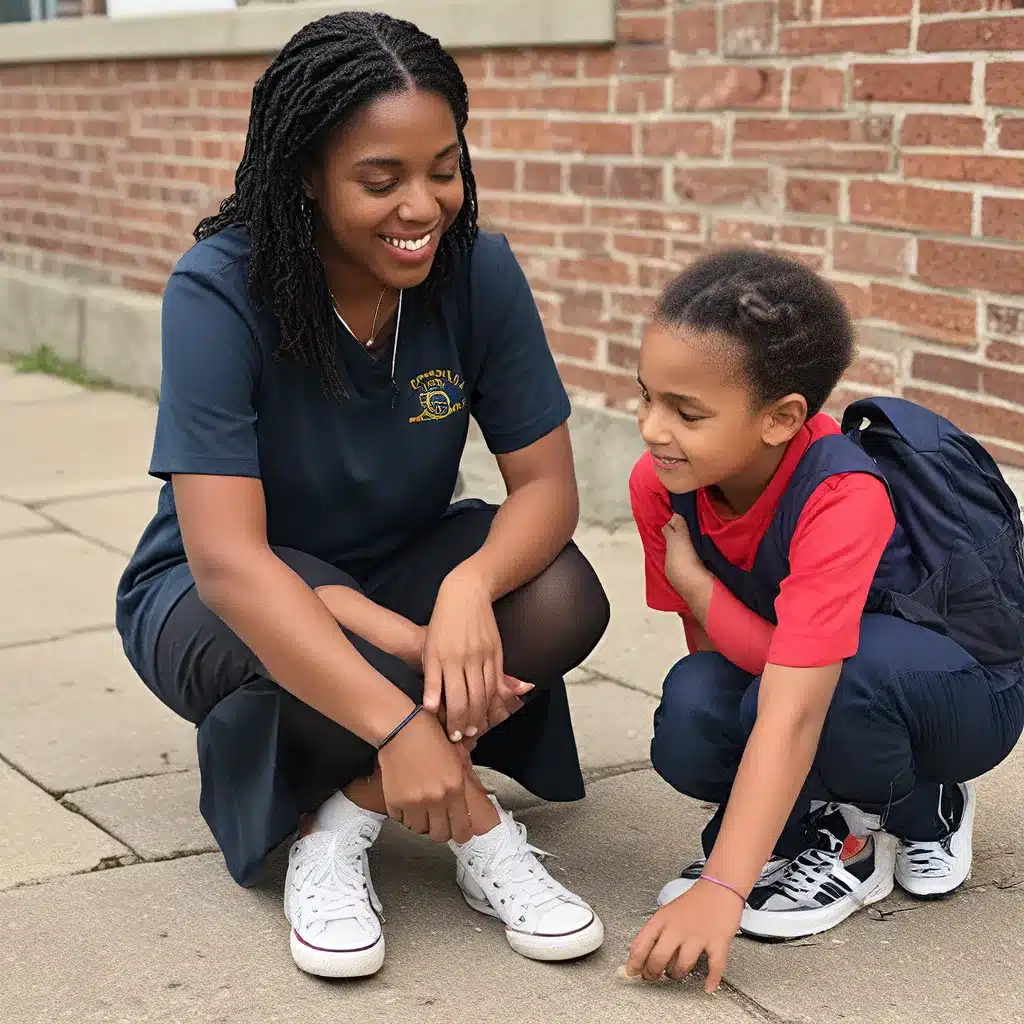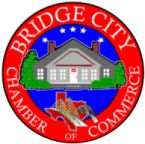
A Story of Hope and Healing
What a whirlwind few years it’s been for the education system, huh? Between the pandemic, rising mental health concerns, and, well, just the general chaos of the world, our schools have really had to dig deep to find new ways to support their students. But in Bridge City, they’re not just scraping by – they’re leading the charge when it comes to trauma-informed, resilience-oriented education.
I had the chance to chat with the amazing folks at the Bridge City School District, and let me tell you, their story is one that’s equal parts heartbreaking and awe-inspiring. You see, this community has faced its fair share of challenges – from high poverty rates to alarming ACEs (Adverse Childhood Experiences) scores. But instead of throwing in the towel, they’re taking a hard look at the root causes and finding innovative solutions.
Embracing a Trauma-Informed Lens
It all started a few years back when the district realized they needed a major mindset shift. As they delved into the Trauma-Informed Resilience-Oriented Schools Toolkit, the lightbulbs started going off. “Wait a minute,” they thought, “our students aren’t ‘problem’ kids – they’re kids who’ve experienced real trauma and stress. We need to meet them where they are, not just punish them for acting out.”
And so began Bridge City’s journey towards becoming a true trauma-informed, resilience-oriented district. It wasn’t easy – changing an entire system’s culture and approach takes time, effort, and a whole lot of courage. But the educators here refused to back down. They knew that by embracing this new mindset, they could create an environment where every student, no matter their background, could truly thrive.
Fostering a Culture of Safety and Connection
The first step? Ensuring physical and emotional safety throughout the district. You know that old saying, “you can’t learn if you don’t feel safe”? Well, the Bridge City team took that to heart. They started with the basics – things like making sure classrooms were calm, predictable spaces with plenty of brain breaks and sensory tools. But they didn’t stop there.
These educators also got serious about building genuine, meaningful connections with their students. “It’s not enough to just teach the curriculum,” one administrator told me. “We have to show our kids that we see them, we care about them, and we’re here to support them, no matter what.” Through strategies like morning check-ins, collaborative problem-solving, and good old-fashioned compassion, the staff created an atmosphere of trust and belonging.
Empowering Students Through Social-Emotional Learning
Of course, feeling safe and connected is just the foundation. Bridge City also recognized the crucial importance of social-emotional learning (SEL) – teaching kids the skills they need to understand and manage their emotions, set goals, build relationships, and make responsible decisions.
“We can’t expect our students to just ‘snap out of’ the trauma and stress they’re experiencing,” the district’s SEL coordinator explained. “Instead, we have to give them the tools to process those big feelings, regulate their behavior, and develop resilience.” From mindfulness practices to collaborative problem-solving, the SEL curriculum has become a core part of the Bridge City experience.
And you know what? It’s working. Students are reporting higher levels of self-awareness, empathy, and emotional control. Discipline referrals are down, and academic achievement is on the rise. “It’s like night and day,” one teacher told me. “These kids have gone from constantly acting out to actively engaged in their own learning. It’s truly incredible to witness.”
Supporting the Supporters
Of course, all of this trauma-informed, resilience-oriented work doesn’t just happen on its own. The Bridge City team knows that in order to pour into their students, they have to pour into their staff as well. That’s why they’ve made staff wellness and compassion resilience a top priority.
“Our teachers and support staff are on the frontlines, dealing with the impacts of trauma and toxic stress every single day,” the district’s mental health coordinator explained. “If we don’t give them the tools and resources to care for themselves, how can we expect them to care for our students?”
From comprehensive SEL training to mental health days and therapy stipends, Bridge City is going all-out to ensure their educators feel supported, valued, and equipped to handle the challenges they face. And it’s making a difference – burnout and compassion fatigue are down, while morale and retention are way up.
Strengthening Community Connections
But the work doesn’t stop at the school doors. Bridge City knows that true, sustainable change requires deep, authentic partnerships with families and the broader community. That’s why they’ve been working overtime to build those vital connections.
“We can’t just expect parents and caregivers to show up when we need them,” one community liaison told me. “We have to meet them where they are, listen to their needs and concerns, and find ways to truly collaborate.” From parent-teacher book clubs to community resource fairs, the district is getting creative in its efforts to engage families as equal partners in their children’s education.
And the community response has been overwhelming. Local nonprofits, businesses, and organizations have flocked to support Bridge City’s trauma-informed initiatives – donating everything from calming classroom resources to mental health services. “It’s like a big, beautiful web of support,” the superintendent gushed. “When everyone comes together for our kids, there’s no limit to what we can achieve.”
A Ripple Effect of Hope
As I left Bridge City, I couldn’t help but feel a deep sense of hope and optimism. Yes, the challenges facing this community are substantial. But the dedication, creativity, and sheer resilience of the educators, families, and community members I met? That’s the kind of stuff that changes worlds.
“We’re not just doing this for our students,” one teacher told me, her eyes shining. “We’re doing it for the future of our entire city. If we can give these kids the tools and support they need to heal and thrive, just imagine the ripple effect that will have. It’s going to be transformative.”
And you know what? I believe her. Because in Bridge City, they’re not just talking the talk – they’re walking the walk. This is a community that’s decided, once and for all, that trauma and toxic stress don’t get to win. They’re taking the reins, embracing their trauma-informed, resilience-oriented approach, and creating a brighter, more hopeful tomorrow.
And I, for one, can’t wait to see what they accomplish next.


